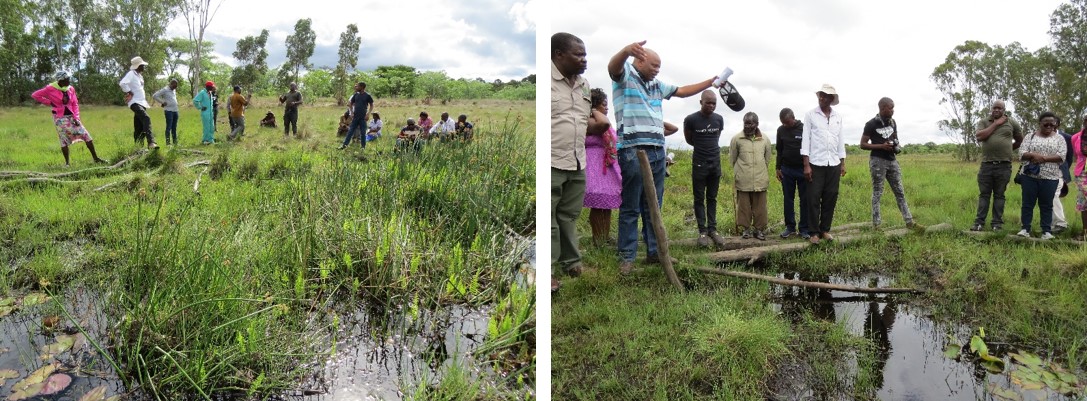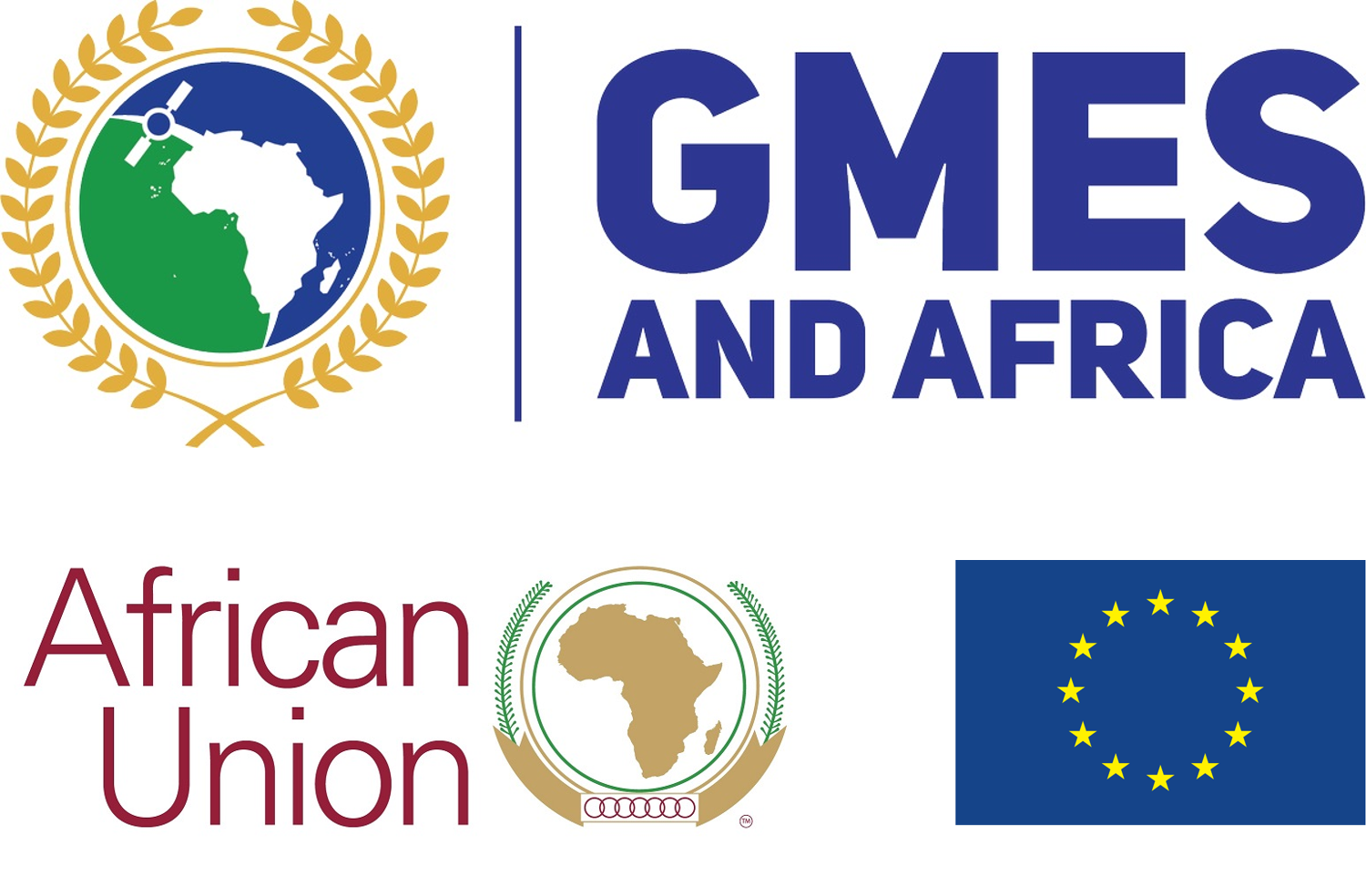In a subdued and respectful manner, the visitors to the breathtaking Driefontein wetland site are beckoned to join the Chirumhanzu community elders and sit down on the grassland surrounding the wetland area. Community elders wait patiently while the Zimbabwean colleague explains the age-old traditions of calling upon the wetland and requesting entrance. Then, Headman Dambuza (Peter Dzingisai Havana) starts the ritual of sombre clapping and subdued prayer to the wetland, explaining why these visitors are requesting entrance to this sacred space, what they hope to achieve and finally introducing the WeMAST consortium to the wetland.

Once this dignified ritual is concluded, it is clear to every visitor in the WeMAST group, how revered and respected the Driefontein wetland is by the Chirumhanzu community.
The Driefontein wetland, one of Zimbabwe’s seven Ramsar sites, is one of the chosen study sites of the WeMAST (Wetland Monitoring and Assessment Service for Transboundary Basins in southern Africa) project, funded by the GMES and Africa Support Programme.
The Driefontein wetland is located in the Zambezi river basin about 200 km south-west of Harare, Chirumanzu district in Midlands province of Zimbabwe and forms part of the central Zimbabwe’s Highveld area, that is, a high plateau land from which major streams radiate in east, south and west ward directions. The landscape in the Driefontein wetland is characterized by extensive expanses of open wet grasslands where soaks, seeps and depressions collect water and form many vleis as a result of the flat terrain. It is situated at an elevation of 1500m above sea level. Most of the landscape is under natural high veld grassland, dominated by the thatching grass (Hyparrhenia) which can grow to a height of 3 m and separated by pockets of Miombo Woodlands.
The main source of subsistence farming of the local communities is vegetable cropping. Crops include beans, tomatoes, potato, rape and other cash crops, which fetch high market prices in nearby towns and cities, such as in Gweru. Due to the wet conditions throughout the year, the wetland also supports the growing of maize crop during the dry season.
The Driefontein wetland is rich in birds and other biodiversity, including the threatened wattled crane, grey crowned crane and secretary bird.

The WeMAST consortium had the opportunity to engage the local Chirumhanzu community at the Driefontein RAMSAR wetland in early December 2019. On the previous day, Headman Dambuza already delivered a talk, introducing the WeMAST stakeholders and consortium to the Driefontein wetland and outlining the challenges faced by the local community.

The Zimbabwean government moved the Chirumhanzu community to the Driefontein wetland in 2000. They have since then practiced subsistence farming in the wetland, planting crops and keeping livestock. Since 2000, the community has grown increasingly concerned with the diminishing water levels in the wetland. During the engagement with the Headman during the WeMAST Stakeholder Engagement and User Needs Assessment Workshop, and the visit to the wetland, community elders shared a number of theories of why the wetland may be changing. Amongst others, community elders were concerned that members disrespected the wetland by substituting tradition water carriers with metal pots.
The consortium was informed that every Chirumhanzu household around the wetland has a deep well, possibly extracting water from the wetland. Whilst the community used to grow their crops in the wetland, expert advise was heeded without resistance and crops were moved to the fringes of the wetland.
When noting the presence of a lot of eucalyptus patches along the wetland, concerned experts were informed that when the old farmers to whom this land once belonged experienced significant life events at a place on the farm, such as the example where a farmer and his horse drowned in the wetland not far from where the WeMAST visitors were standing, the farmers planted eucalyptus to commemorate the tragedy. To this day, these sites are revered by the community.

Throughout the visit, Chirumhanzu community elders patiently answered the many questions posed by the WeMAST consortium members.
The experience has left all visitors with a deep-felt respect for the Chirumhanzu community, who clearly hold the Driefontein wetland, their home, in the highest esteem and who are looking towards the WeMAST consortium to provide them with insight into why their wetland is changing. It is clear that the Chirumhanzu community wants to ensure that they continue to utilise the Driefontein wetland in a sustainable and respectful manner, for many generations to come.
With the support of the GMES and Africa Support Programme, the WeMAST consortium will be able to utilise Copernicus products to derive EO (earth observation) products, in order to establish how the Driefontein wetland has changed since the Chirumhanzu community settled in the area in 2000. Field observations and in situ data will enable the WeMAST consortium to establish why these human activities are potentially impacting the wetland health. In view of the willingness of the community, the WeMAST consortium can help inform the community on sustainable land use and water resource practices.


